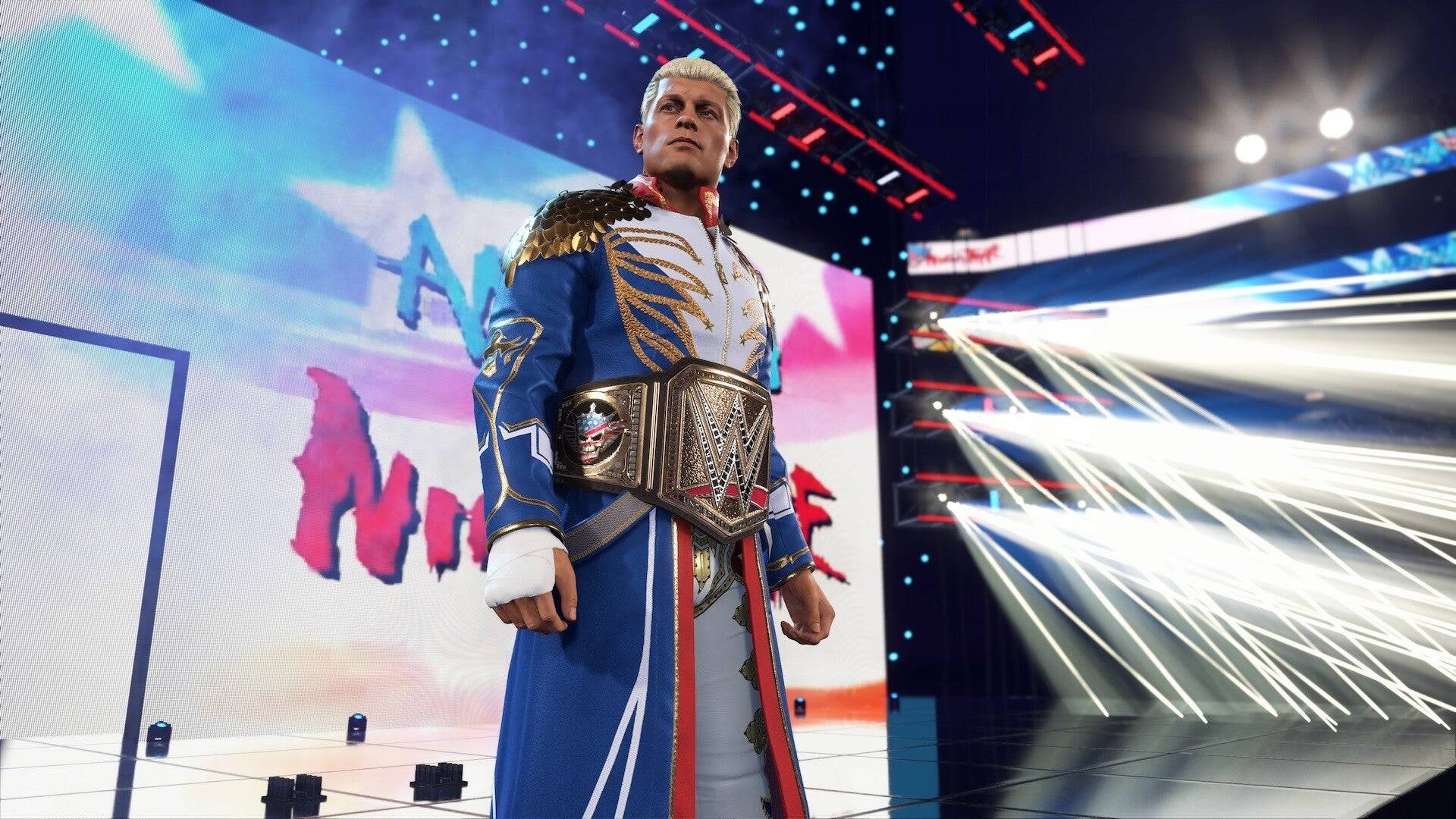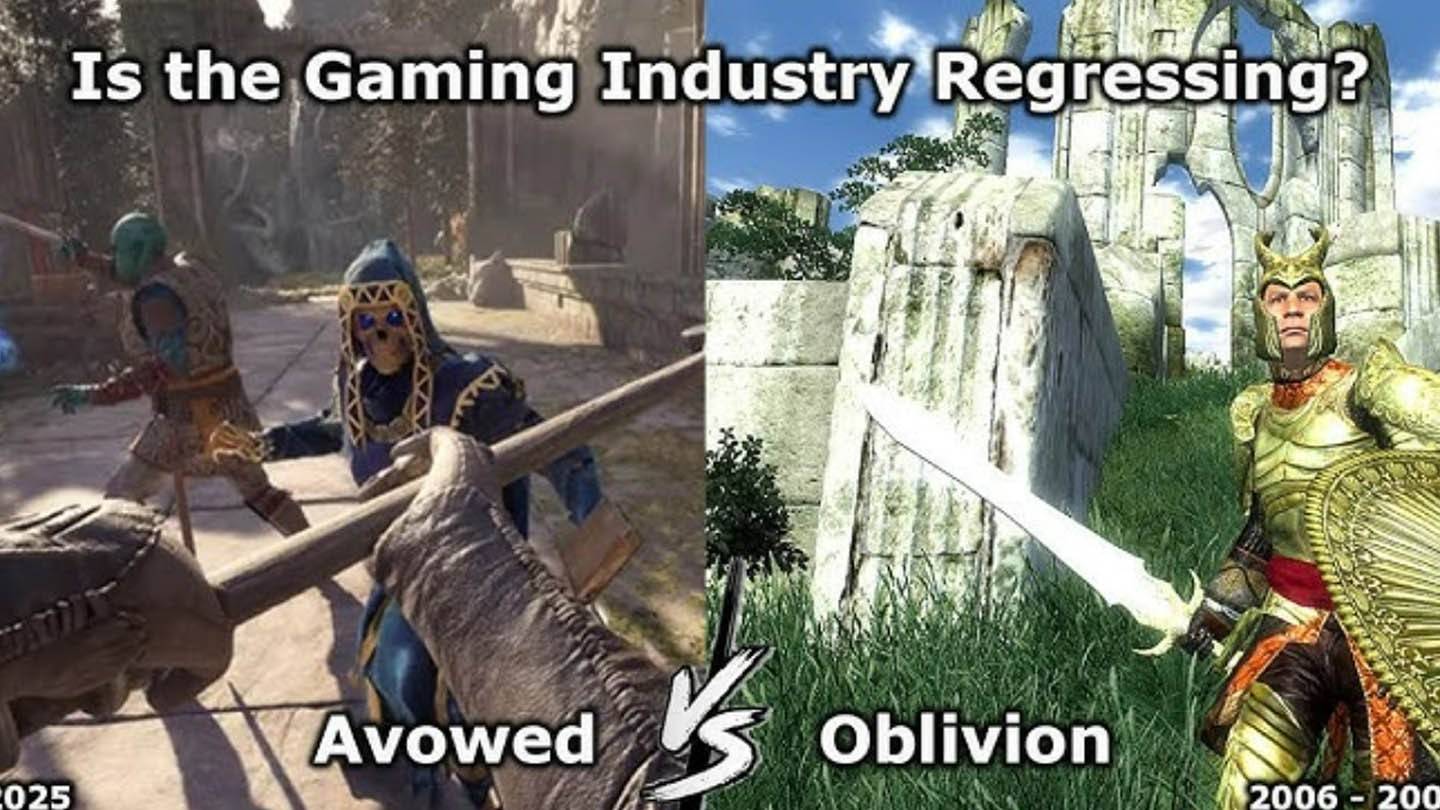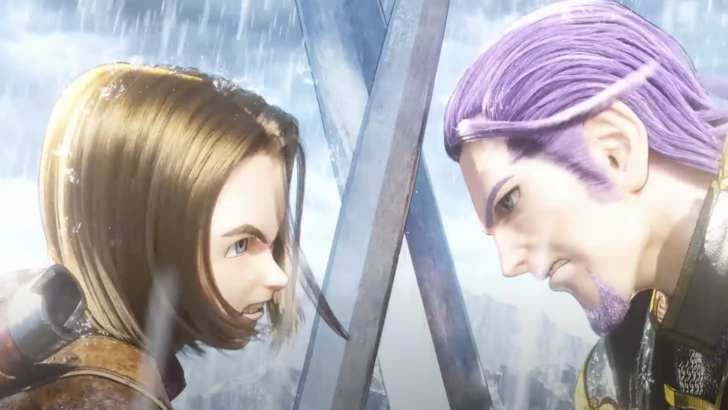
RPG veterans Yuji Horii and Katsura Hashino, the creative minds behind Square Enix's "Dragon Quest" and Atlus' "Metaphor: ReFantazio," recently engaged in a thought-provoking discussion about the use of silent protagonists in today's RPGs. This conversation took place against the backdrop of advancing technology and an ever-evolving game development landscape.
Dragon Quest Creator Talks Modern Challenges of Using Silent Protagonists
Silent Protagonists Seem Increasingly Out of Place in Modern Games
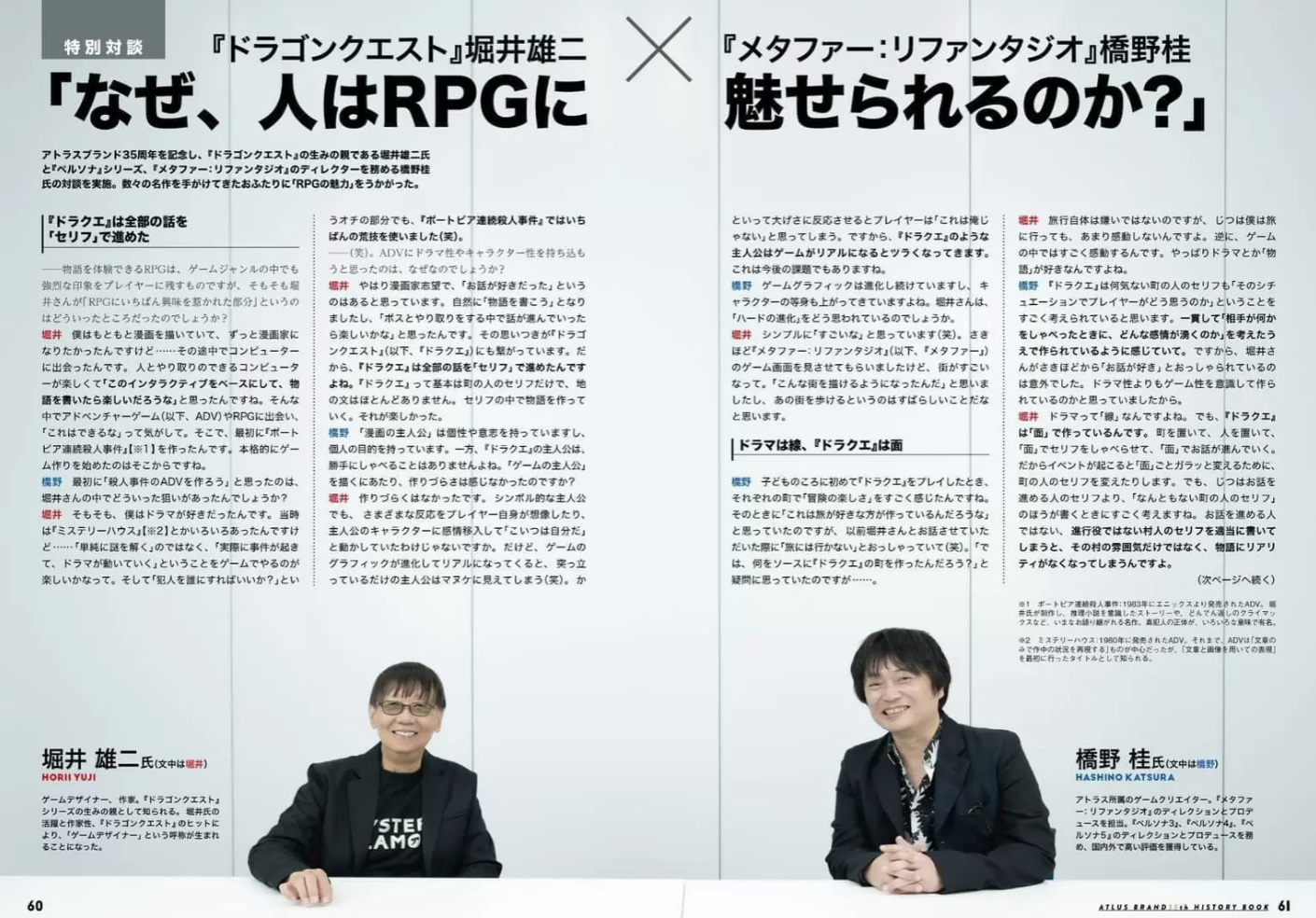
image (c) Den Faminico Gamer
Yuji Horii, the mastermind behind the legendary Dragon Quest RPG series, sat down with Katsura Hashino, the director of Atlus' highly anticipated RPG, Metaphor: ReFantazio. Their insightful dialogue was featured in an excerpt from an interview published in the "Metaphor: ReFantazio Atlas Brand 35th Anniversary Edition" booklet. The two directors delved deep into the nuances of storytelling within RPGs, particularly focusing on the challenges faced by series like Dragon Quest as video game graphics continue to advance towards realism.
A hallmark of the Dragon Quest series is its use of a silent protagonist, which Horii affectionately calls “the symbolic protagonist.” This technique allows players to project their own emotions and reactions onto the main character, enhancing their immersion into the game's universe. These silent characters act as avatars for the player, engaging with the game world through dialogue choices rather than spoken lines.
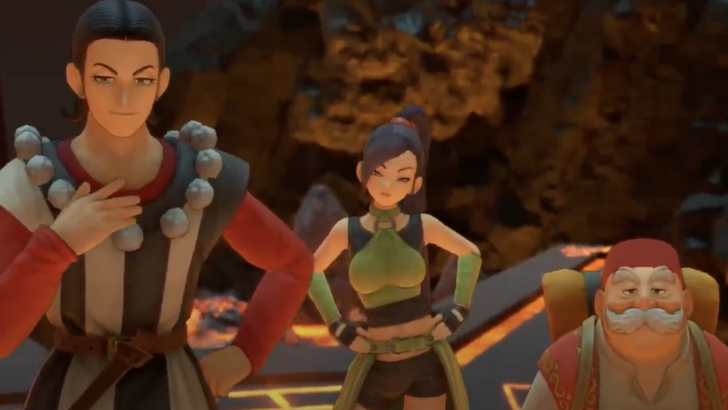
Horii explained that the simplicity of graphics in earlier games made the use of silent protagonists a natural choice. "As game graphics evolve and grow increasingly realistic, if you make a protagonist who just stands there, they will look like an idiot," Horii humorously noted.
Reflecting on his journey, Horii shared that his initial dream was to become a manga artist. His love for storytelling and fascination with computers eventually led him to the video game industry. Dragon Quest emerged from these passions, emphasizing story progression through interactions with game bosses. "Dragon Quest basically consists of dialogue with townspeople, with very little in the way of narration. The story is created using the dialogue. That’s what’s fun about it," he elaborated.
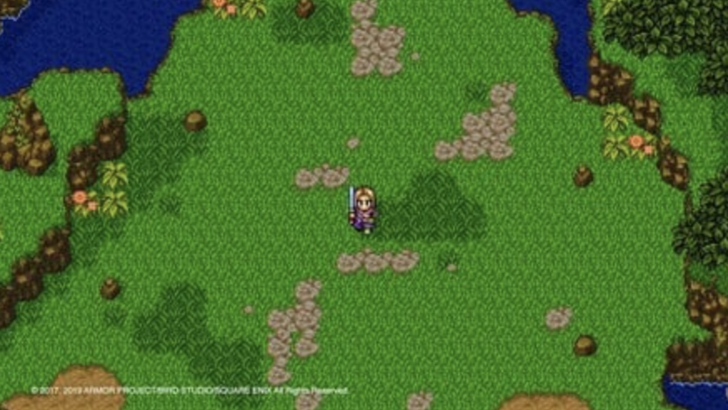
Horii acknowledged the growing difficulty of maintaining this approach in modern games, where realistic graphics can make a non-reactive protagonist seem out of place. In the early days of Dragon Quest on the Nintendo Entertainment System (NES), minimalist graphics allowed players to easily project their emotions onto the silent protagonist. However, as games' visuals and audio become more sophisticated, Horii admitted that silent protagonists become increasingly challenging to implement.
"That’s why, the type of protagonist featured in Dragon Quest becomes increasingly difficult to depict as games become more realistic. This will be a challenge in the future too," the creator concluded.
Metaphor ReFantazio Director Thinks Dragon Quest Puts Players' Feelings First
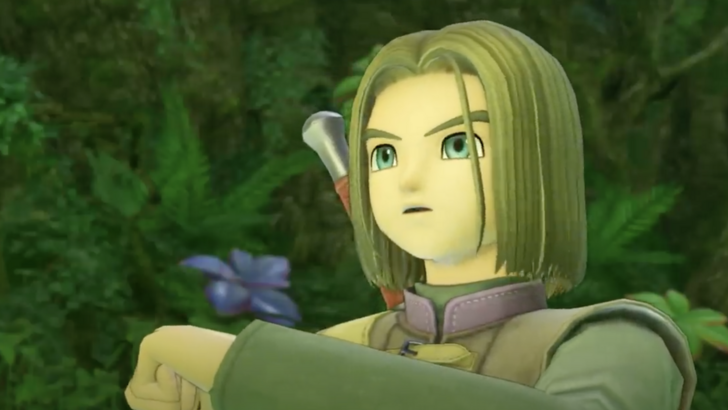
Dragon Quest remains one of the few major RPG series that steadfastly features a silent protagonist, who, aside from making a few reactionary sounds, remains mute throughout the game. In contrast, other RPG series like Persona have integrated voiced lines for their protagonists during battles and cutscenes, a trend that started prominently with Persona 3. Meanwhile, Hashino's upcoming game, Metaphor: ReFantazio, will feature a fully voice-acted protagonist.
While Horii contemplated the limited emotional impact of silent protagonists in contemporary games, Hashino praised him for the unique and emotionally-attuned experience that Dragon Quest offers. "I think Dragon Quest puts a lot of thought into how the player will feel in a given situation," Hashino remarked to Horii, "even when it's to do with a regular townsperson. I feel like the games are consistently created with the player in mind, thinking about what emotions will arise when someone says something."

 Latest Downloads
Latest Downloads
 Downlaod
Downlaod




 Top News
Top News